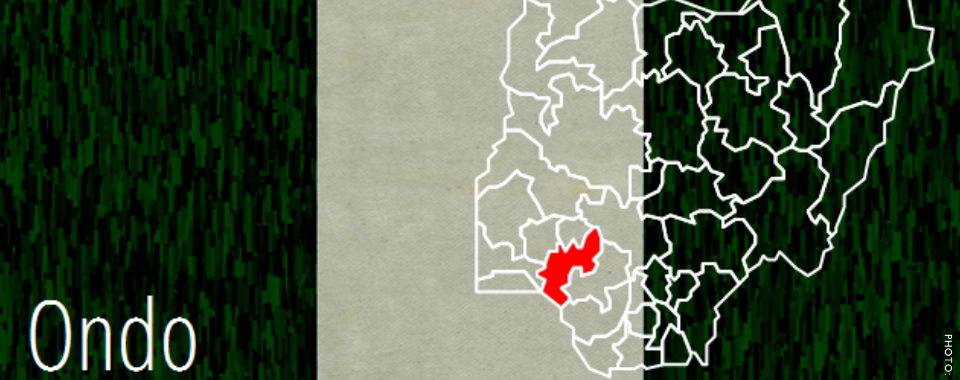BY NATE HAKEN AND PATRICIA TAFT* Ondo state has a population of approximately 3.44 million according to the most recent census (2006). The majority are of Yoruba descent, with a sizable minority of those from Ijaw subgroups, particularly along the coast. Ondo derives most of its revenue from the production of cocoa, palm oil, rubber, […]
Tag Archives: Nigeria
Conflict Briefing: Warri South West, Delta State
- 06 May 2015

BY HANNAH BLYTH* The Export Processing Zone (EPZ) is located in the vicinity of Ugborodo Community, Warri South West, Delta State. Also known as the Gas Industrial City Project, the EPZ is a $20 billion initiative by federal and state governments which would house a major industrial gas hub, and petrochemical, methanol, and fertilizer plant […]
Conflict Bulletin: Cross River State – Patterns and Trends, 2012-2014
- 05 May 2015

BY NATE HAKEN AND PATRICIA TAFT* To the southeast of Nigeria, the coastal state of Cross River is home to approximately 2.9 million people (2006 census), predominantly of Efik, Ejagham and Bekwarra background. One of the fastest growing states in Nigeria, Cross River is endowed with vast mineral resources, plentiful arable land, and a growing […]
Conflict Bulletin: Delta State – Patterns and Trends, 2012-2014
- 05 May 2015
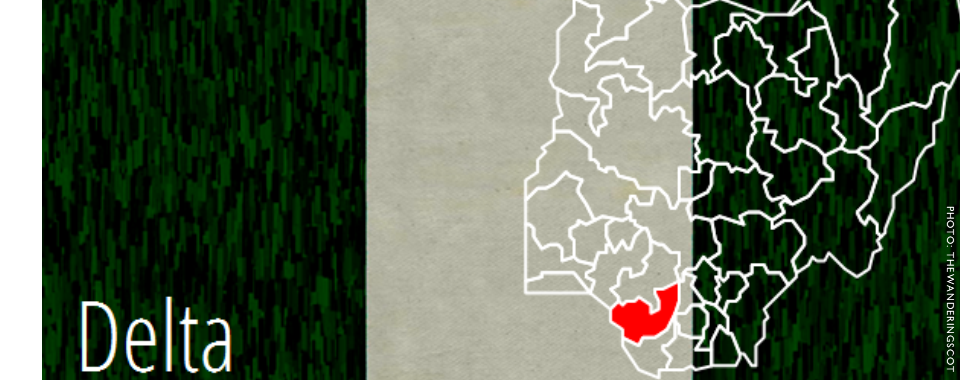
BY NATE HAKEN AND PATRICIA TAFT Delta is the second most populous state in the Niger Delta, with an estimated 4.1 million people. The state produces about 35% of Nigeria’s crude oil and a considerable amount of its natural gas. It is also rich in root and tuber crops, such as potatoes, yams, cassava, and […]
Conflict Bulletin: Abia State – Patterns and Trends, 2012-2014
- 30 April 2015
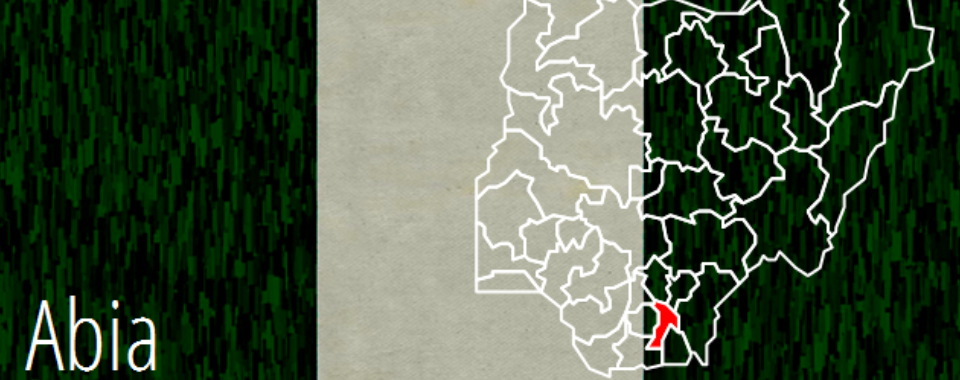
BY NATE HAKEN AND PATRICIA TAFT* Abia State has an estimated population of 2.4 million, predominantly of Igbo origin. Comparatively, it has not experienced the levels of violence and insecurity that other states in the Niger Delta have over the time period analyzed. Abia produces about 27% of Nigeria’s crude oil and a significant amount […]
Conflict Bulletin: Akwa Ibom State – Patterns and Trends, 2012-2014
- 30 April 2015
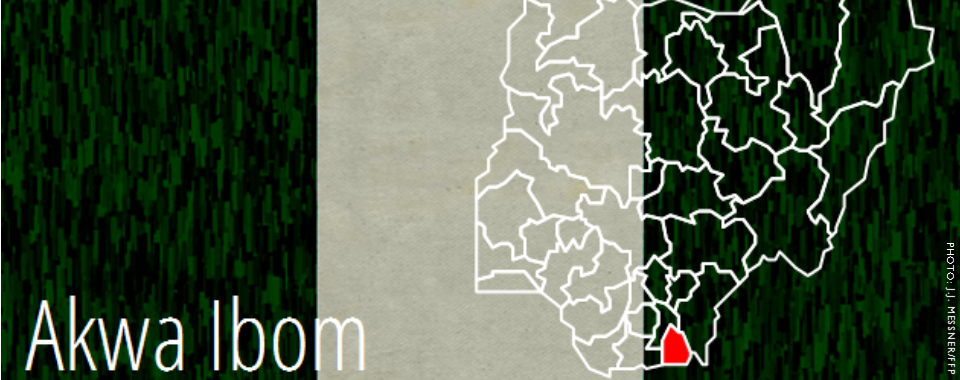
BY NATE HAKEN AND PATRICIA TAFT* Akwa Ibom has a population of about 3.9 million people according to the 2006 census. Predominantly inhabited by the Ibibio people, the state is also home to Annang, Oron, Obolo and Eket communities. Endowed with large deposits of crude oil, condensate and gas, Akwa Ibom is among the largest […]
Conflict Bulletin: Bayelsa State – Patterns and Trends, 2012-2014
- 30 April 2015

BY NATE HAKEN AND PATRICIA TAFT* With 2 million people, Bayelsa is one of the smallest states in the country, by population. Most are of Ijaw descent. Bayelsa produces between 30-40% of Nigeria’s oil and gas. In addition to the petroleum sector, the state has an extensive commercial fishing industry and produces oil palm, raffia […]
Violence Affecting Women and Girls Monthly Memo – February 2015
- 17 April 2015
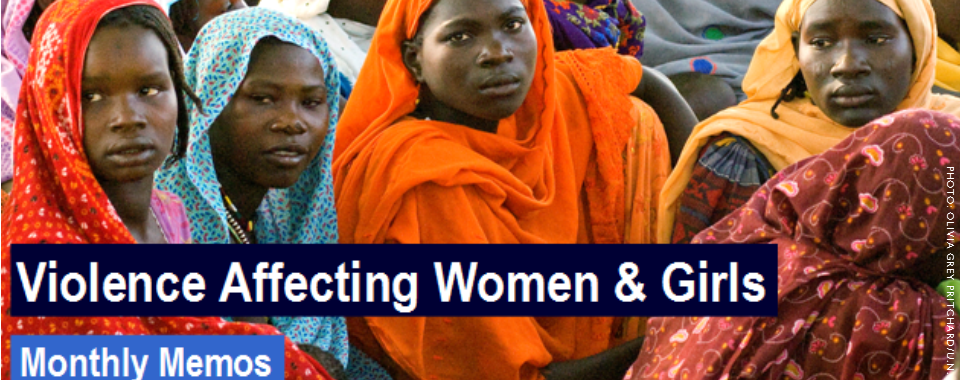
This memo covers the month of February 2015 (data coding and uploading lags by a month) for the eight NSRP States: Borno, Yobe, Kano, Kaduna, Plateau, Rivers, Bayelsa, and Delta.
Beyond the Presidential Elections: Hopes and Challenges for Nigeria’s Budding Democracy
- 10 April 2015
BY KATIE CORNELIUS After two days of voting in the most closely contested presidential election in Nigeria’s history, Attahiru Jega, the chairman of the Independent National Electoral Commission (INEC), announced the final electoral results in favor of opposition candidate and former military ruler Muhammadu Buhari. Buhari’s victory marks a historic occasion for the country considering […]
The Rising Trend of Female Suicide Bombers in Nigeria
- 28 March 2015

BY ANIA SKINNER Jamāʻat Ahl as-Sunnahlid-daʻwa wal-Jihād (JAS), known widely as Boko Haram, has employed suicide bombers as a terrorist tactic in their insurgency against the Nigerian government since 2011. As of mid-2014, however, reports began to emerge of an alarming new dimension: the use of young women and girls in suicide missions. The first […]
